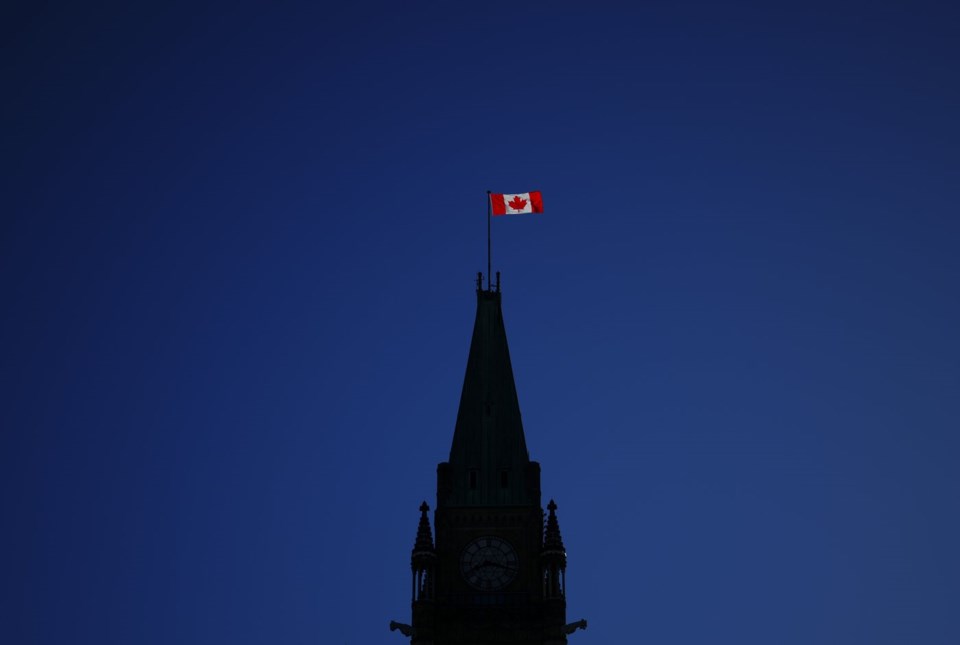FREDERICTON — Canada's unofficial national colours will be on full display Monday as Canadians don patriotic T-shirts, wave hand-held flags and hang bunting to celebrate their country. But while the red-and-white flag for the most part unites Canadians, the colours' meaning is open to interpretation. Xavier Gélinas, a curator at the Canadian Museum of History, said there is no authoritative source that explains why the country drapes itself in red and white.
"It has never been stated clearly, explicitly anywhere, that red and white are Canada's official colours," he said in a recent interview. There are several schools of thought about the origins of the country's colours, he said. Some believe they were gifted to Canada by King George V in 1921.

For about a century, Gélinas said, some believed the red represented the country's Britishness — as the colour figures prominently in the flag of the United Kingdom — and also energy, life, blood, vigour and the splendour of Canadian autumns. White, he said, was thought to reflect Canada's hardy, snowy winters. But what is more likely, he added, is that the red and white "evolved more organically," with red associated with England and white with France, which also has red and blue in its flag.
The choice of the maple leaf, he said, is far less ambiguous as the tree from which it grows is native to the eastern two-thirds of the country. "A maple leaf represents Canadianness in the way that the rose represents Britain, or the.
















